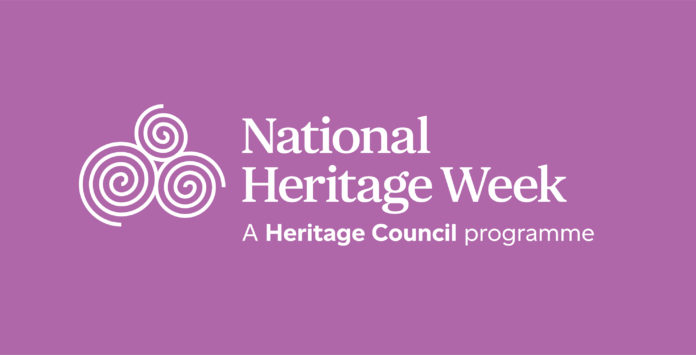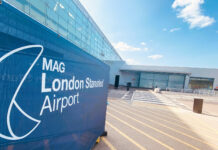
All Irish Landmark Trust Properties in the Republic of Ireland will open to the public as part of National Heritage Week celebrations 2023. Open days will be held Sunday 20th August 2023 from 10-4 pm. Visitors can take a self-guided tour of the property.

Events are free but booking is essential. To book tickets go to https://www.heritageweek.ie/event-listings.
Open days will be held at the following properties:
Co. Dublin
Merrion Mews, Fitzwilliam Lane, Merrion Square, Dublin 2
Co. Kildare
Castletown Gatehouse, Castletown House, Celbridge, Co. Kildare.
Castletown Roundhouse, Castletown House, Celbridge, Co. Kildare.
Batty Langley Lodge, Castletown House, Celbridge, Co. Kildare.
Co. Wicklow
Wicklow Lighthouse, Dunbur Head, Wicklow.
Co.Waterford
Salterbridge Gatelodge, Cappoquin, Co. Waterford
Co. Cork
Killee Cottage, Mitchelstown, Co. Cork
Annes Grove Gatelodge, Castletownroche, Co. Cork
Elizabeth Fort Houses, Elzabeth Fort, Barrack Lane, Cork City.
Galley Head Lightkeepers’ Houses, Galley Head, Co. Cork
Co. Clare
Loop Head Lightkeepers’ House, Loop Head, Co. Clare
Co. Sligo
The Schoolhouse at Annaghmore, Colloney, Co. Sligo
Co. Donegal
Railway Crossing Cottage, Donegal Town
St. John’s Point Lightkeepers’ Houses, Duninkeely, Co. Donegal
Termon House, Dungloe, Co. Donegal

The theme for National Heritage Week 2023 is “Living Heritage”.
Living Heritage is referred to as the “practices, knowledge and skills that have been passed from one generation to the next, and are still in use today.” Living Heritage is cultural heritage and celebrates the past-times, crafts, skills and practises that are still in use today. But what are examples of Living Heritage?
Ireland has a vast array of traditions that are our Living Heritage. Some of these traditions and skills that could be identified as Living Heritage would fall under different categories. For example in sports in Ireland there are Gaelic Games like hurling, Camogie, Gaelic Football/Ladies Gaelic Football, Handball, Falconry. In the area of the arts including dance and music there is Irish Traditional Dance and Irish traditional music but also the instruments involved like the Irish Harp Playing, Uileann Piping and Wrens Days. In the area of crafts and skills traditions like Traveller Tinsmithing, Lace making and Basket making would feature. For example Ireland has a number of different methods of lace making and embroidery such as Headford and Carrickmaccross lace making as well as Mountmellick Embroidery that are still being promoted and shared today.
Living Heritage extends to our buildings too and the practices of building and maintaining structures such as thatching, lime plastering and dry stone walling. It also can be applied to our waterways and sea. Sea Currach Making, Seine Boat Building, Snap Net Fishing are skills that have been passed down from generation to generation and are still alive today. Even in your own community you will find practices that are relevant to Living Heritage. Across Ireland there are thousands of Holy Wells with their own tradition, feast day and stories. There are pilgrim paths that might be still in use today that you might be aware of. In addition many local communities in Ireland have started to record local field names as a way of preserving their local heritage.




